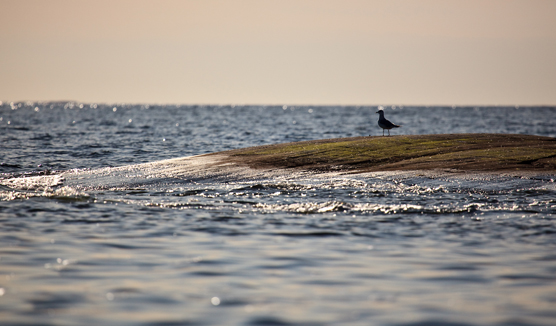Press release 2018-08-09 at 13:10

© Photo: Ilkka Lastumäki / itameri.kuvat.fi
Cyanobacteria are still quite abundant in the Gulf of Finland, in the Archipelago Sea and in the Bothnian Sea, but cyanobacteria are now mixed into the water and wide surface blooms have not been observed anymore in the Finnish sea areas. In lakes, observations of cyanobacterial blooms have decreased and the cyanobacterial situation is now typical for this time of the summer. New surface blooms may occur if the weather is warm and calm. More in Finnish
Large map of the week's 32 algal situation
Nutrient load into the Baltic Sea continues to be too high, and global warming also increases the risk of blue-green algae blooms (Press release, July 18, 2018)
Blue-green algae in water are a risk for people and animals (Press release, July 29, 2018)
More information
(Telephone 1.00-3.00 pm)
Lakes
Head of Unit Marko Järvinen, Finnish Environment Institute SYKE
Tel. 0295 251 241, firstname.lastname@ymparisto.fi
Sea areas
Cyanobacterial bloom situation
Researcher Sirpa Lehtinen, Finnish Environment Institute SYKE
Tel. 0295 251 353, firstname.lastname@ymparisto.fi
Senior Researcher Sanna Suikkanen, Finnish Environment Institute SYKE
Tel. 0295 251 660, firstname.lastname@ymparisto.fi
State of the Baltic Sea
Head of Unit Mika Raateoja, Finnish Environment Institute SYKE (till August 10)
Tel. 0295 251 536, firstname.lastname@ymparisto.fi
Senior Research Scientist Jouni Lehtoranta, Finnish Environment Institute SYKE (from August 13)
Tel. 0295 251 363, firstname.lastname@ymparisto.fi
Communications
Communication Specialist Hannele Ahponen, Finnish Environment Institute SYKE
Tel +358 50 327 5997, firstname.x.lastname@ymparisto.fi